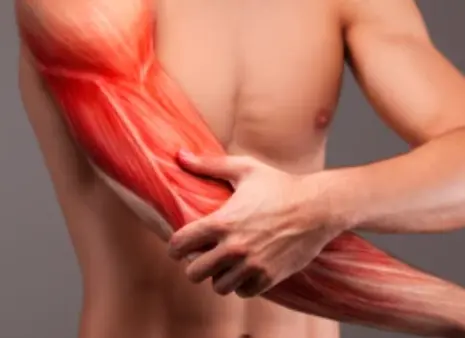 Welcome
Welcome
“May all be happy, may all be healed, may all be at peace and may no one ever suffer."
Trichostrongyliasis - Generics
Trichostrongyliasis, also known as trichostrongyloidiasis, is a parasitic infection caused by a group of nematode (roundworm) species collectively called Trichostrongylus. These parasites commonly infect ruminants such as cattle, sheep, and goats, but can also infect humans who come into contact with contaminated soil, water, or food.
Transmission and Symptoms:
The transmission of trichostrongyliasis occurs when a person ingests food or water contaminated with infective larvae of the Trichostrongylus species. Infection can also occur through direct contact with contaminated soil, such as walking barefoot on infected soil. The larvae can penetrate the skin and migrate to the lungs, where they mature and move up to the throat, and are then swallowed and pass into the intestines. Once in the intestines, the larvae develop into adults and attach to the intestinal lining, where they feed on blood.
The symptoms of trichostrongyliasis in humans vary depending on the severity of the infection. Mild infections may cause no symptoms or only mild gastrointestinal symptoms such as diarrhea, abdominal pain, and nausea. In more severe cases, anemia, malnutrition, and weight loss may occur.
Diagnosis and Treatment:
Diagnosis of trichostrongyliasis is usually made by identifying the characteristic eggs of Trichostrongylus species in a stool sample. Blood tests may also be conducted to detect antibodies to the parasite. Treatment involves the use of anthelmintic drugs, such as mebendazole, albendazole, or ivermectin, which are effective in killing the adult worms. Supportive care, such as rehydration and treatment of anemia or malnutrition, may also be necessary in severe cases.
Prevention:
Prevention of trichostrongyliasis involves practicing good hygiene and avoiding exposure to contaminated soil, water, and food. Washing hands thoroughly with soap and water before eating or preparing food, and boiling or filtering drinking water can help reduce the risk of infection. Additionally, wearing shoes or protective footwear when walking on soil that may be contaminated with larvae can also help prevent infection. In ruminant populations, controlling the spread of the parasite through regular deworming of infected animals can help reduce the risk of human infection.

Ophthalmic surgery

Influenza Virus Vaccine

Uncomplicated skin infect...

Diabetic foot ulcer

Analgesia

Muscle aches

Occular infection

Uterine hemorrhage
Trichostrongyliasis, ট্রাইকোস্ট্রংয়ালিয়াসিস
To be happy, beautiful, healthy, wealthy, hale and long-lived stay with DM3S.